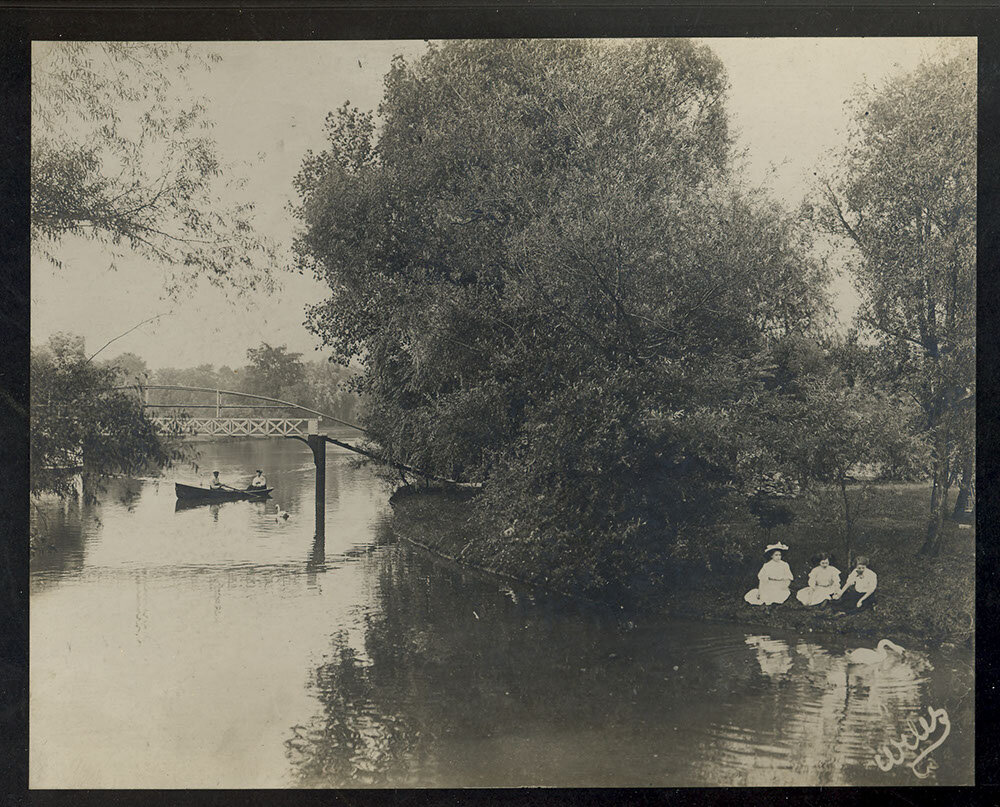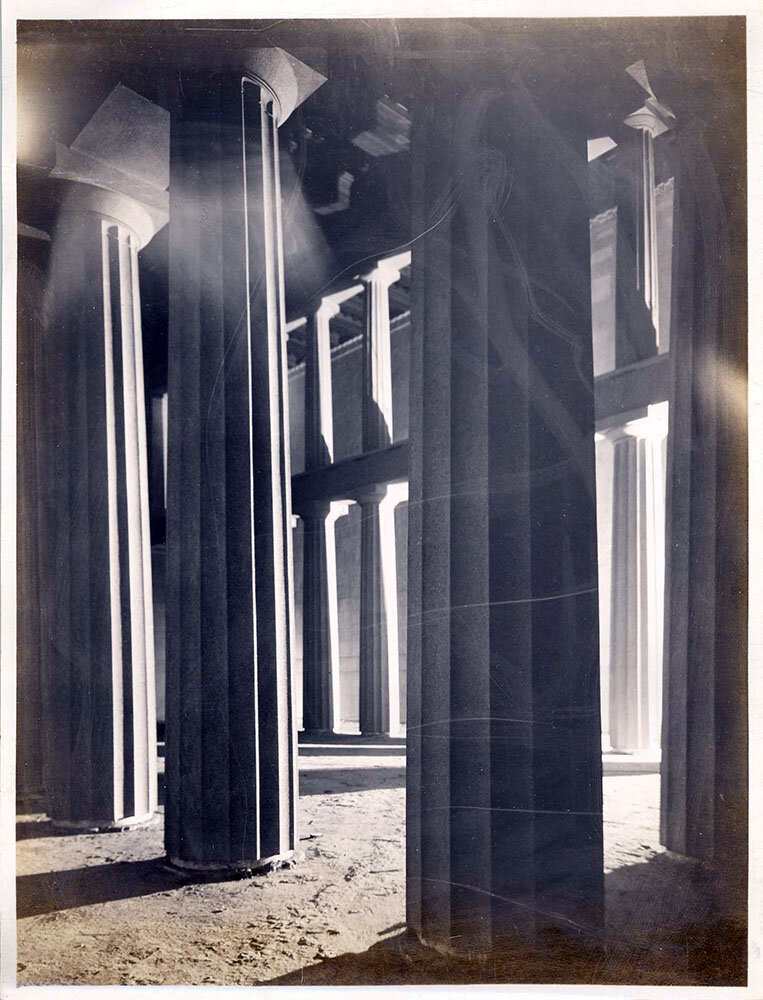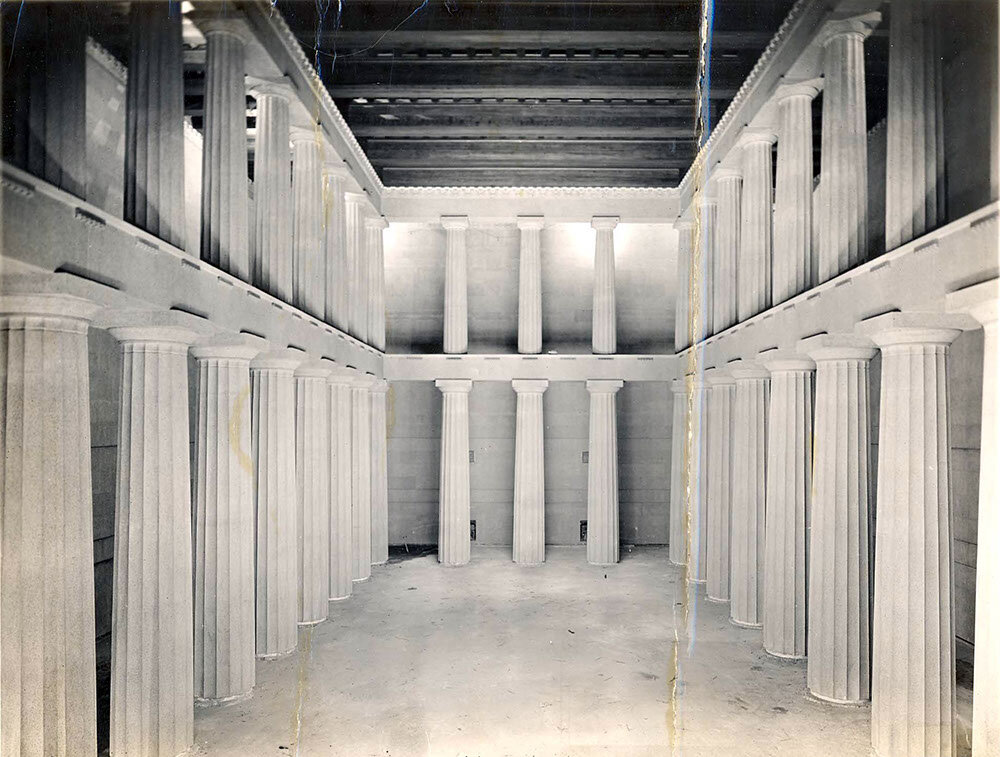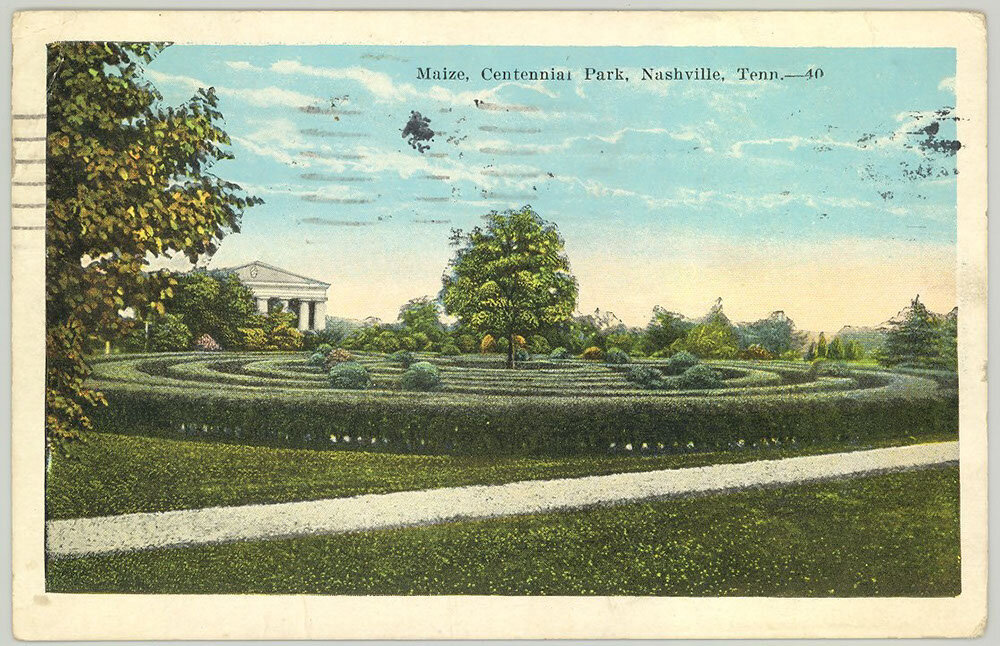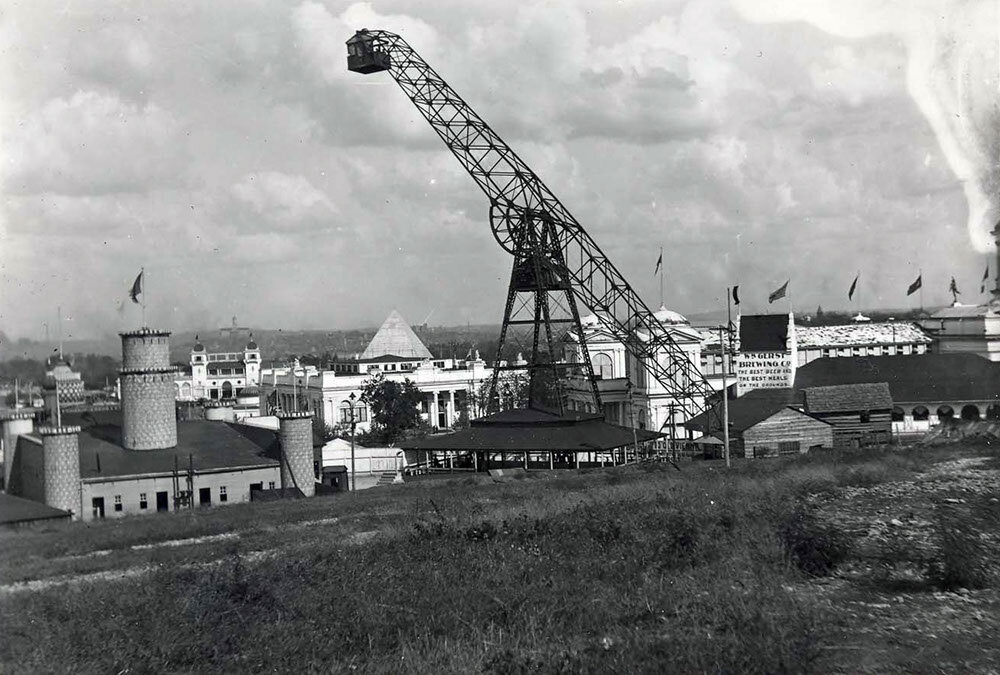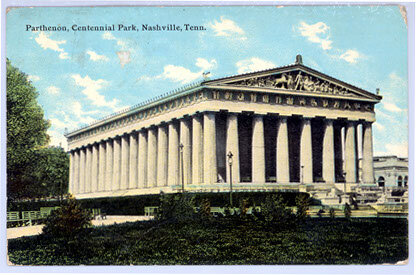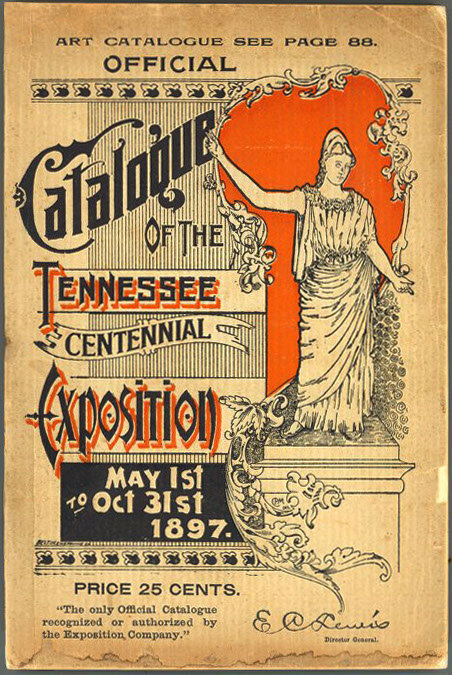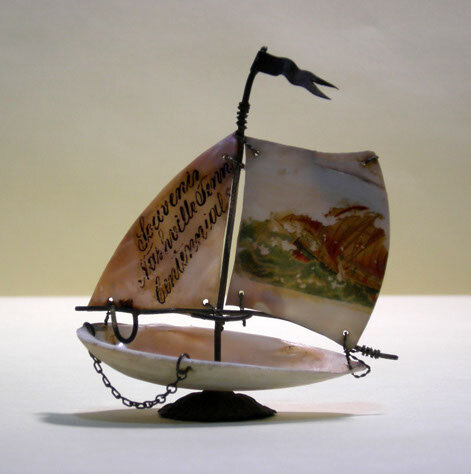Athena
In the 1920s, the Parthenon was rebuilt as a full-scale replica of the ancient Parthenon with only a few major exceptions. The colossal statue of Athena from ancient times was not included. In 1982, the City of Nashville commissioned a talented local artist named Alan LeQuire to build a full-scale replica of the statue of Athena Parthenos. Soon after, a group of civic-minded Nashvillians formed the Athena Fund, a non-profit organization dedicated to supporting the creation of Athena. Starting with funds accumulated over the years from the nickels and dimes of school children and tourists, the Athena Fund grew rapidly through private and commercial donations.
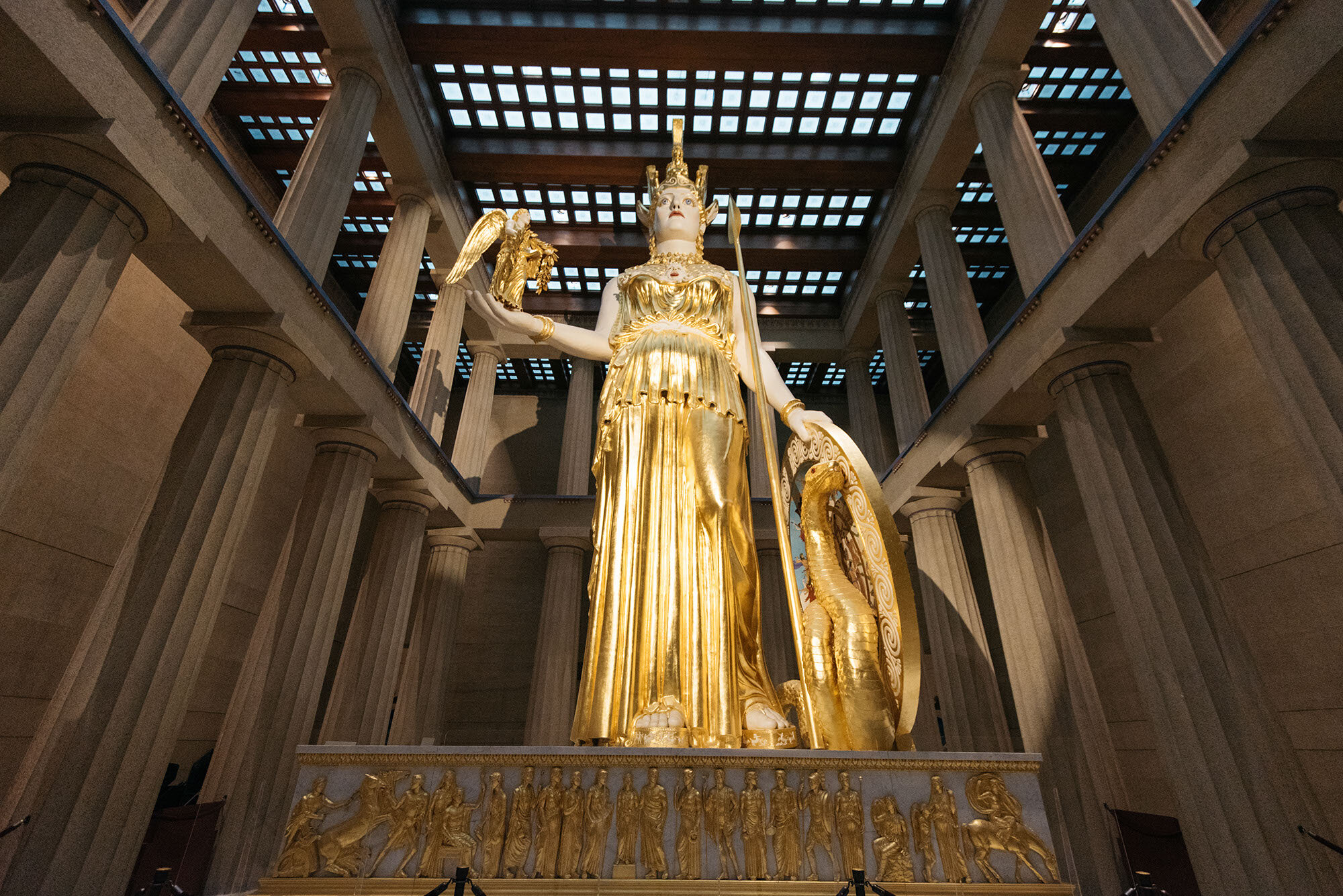
The Artist
In 1982, seven sculptors submitted proposals to recreate the Athena statue in Nashville. Alan LeQuire won the commission because of his skill and commitment to accuracy. LeQuire attended Vanderbilt University and received his Master of Fine Arts degree from the University of North Carolina, Greensboro, in 1981.
LeQuire, a Nashville native, began his journey by researching the Athena statue of antiquity. What we know about the Athena statue from the ancient Parthenon is somewhat limited. The gold and ivory statue was lost by 400 CE. Historical documentation is brief, but does exist. LeQuire also depended on modern classical scholars, including esteemed archaeologists Dr. Brunilde Sismondo Ridgway and Dr. Evelyn Bryd Harrison, for the most recent archaeological information.
The Original Sculptor
Pheidias, the greatest sculptor of classical antiquity, constructed the Athena Parthenos statue on a wooden framework with carved ivory for skin and a gold wardrobe. The statue was unveiled and dedicated in 438 or 437 BCE, according to the building accounts of the temple. Other sources are equally important. For example, there are ancient authors, such as Pausanias, who referred to the Athena statue in writings. Athena appears on Athenian coins of the 2nd and 1st centuries BCE. Later, Romans copied the statue in small-scale and different materials. Even today on the Acropolis, you can see the outline of Athena's base on the floor of the Parthenon. All of this evidence culminates in LeQuire's Athena.
The Re-creation
After exhaustive research, Alan LeQuire created two small-scale versions of the statue out of clay. First, he created a 1:10 clay model. Later, he sculpted a 1:5 scale model. From this later model, LeQuire spent about three years enlarging and casting the full-size Athena Parthenos. Athena was cast out of gypsum cement in many molds and assembled inside the Parthenon. Each section was attached to a steel armature for support.
The Athena statue was constructed from 1982 to 1990. It stood in the Nashville Parthenon as a plain, white statue for 12 years. In 2002, the Parthenon gilded Athena with Alan LeQuire and master gilder Lou Reed in charge of the project. The gilding project took less than four months and makes Athena appear that much closer to the ancient Athena Parthenos. In addition to gilding, the project included painted details on her face, wardrobe, and shield.
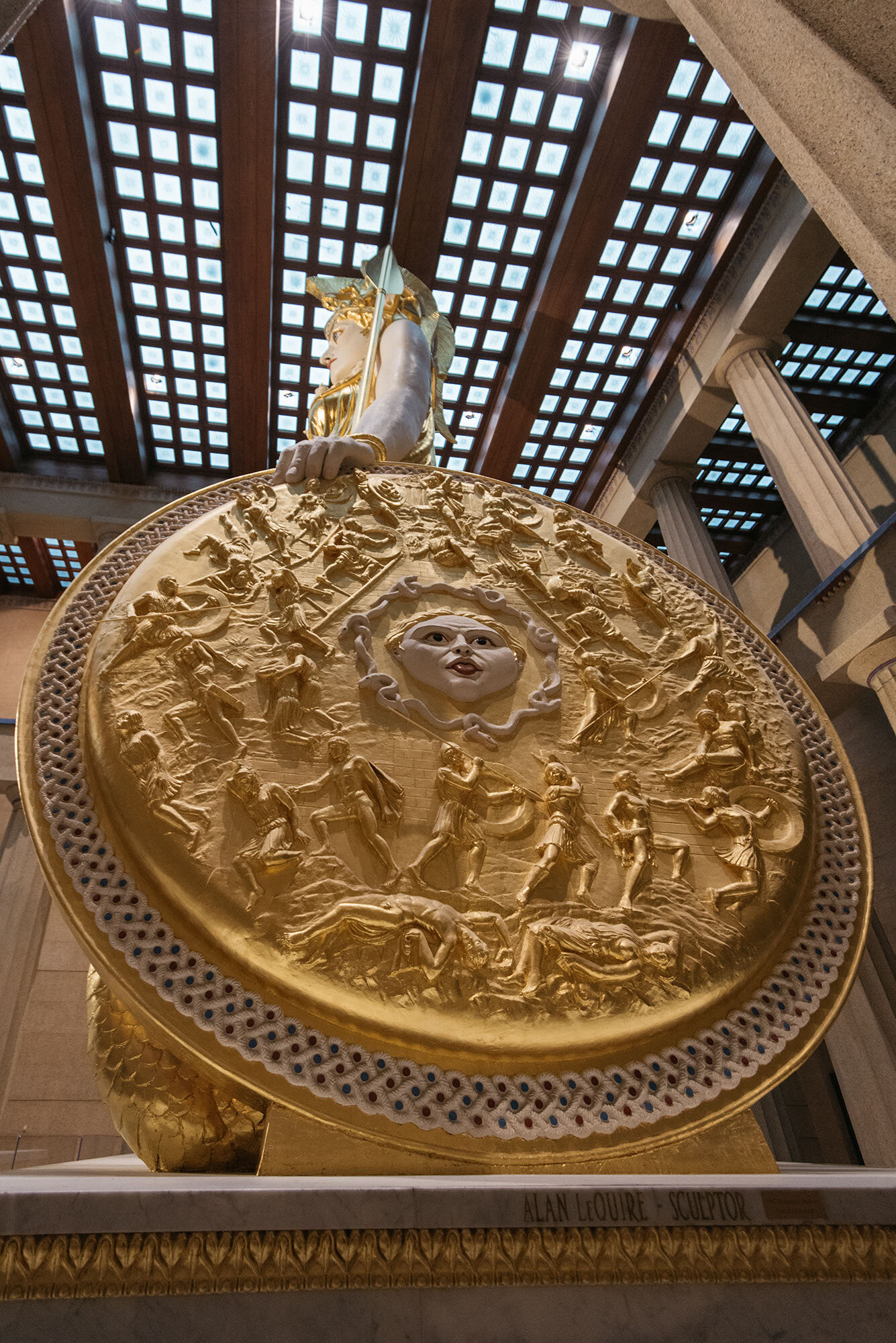
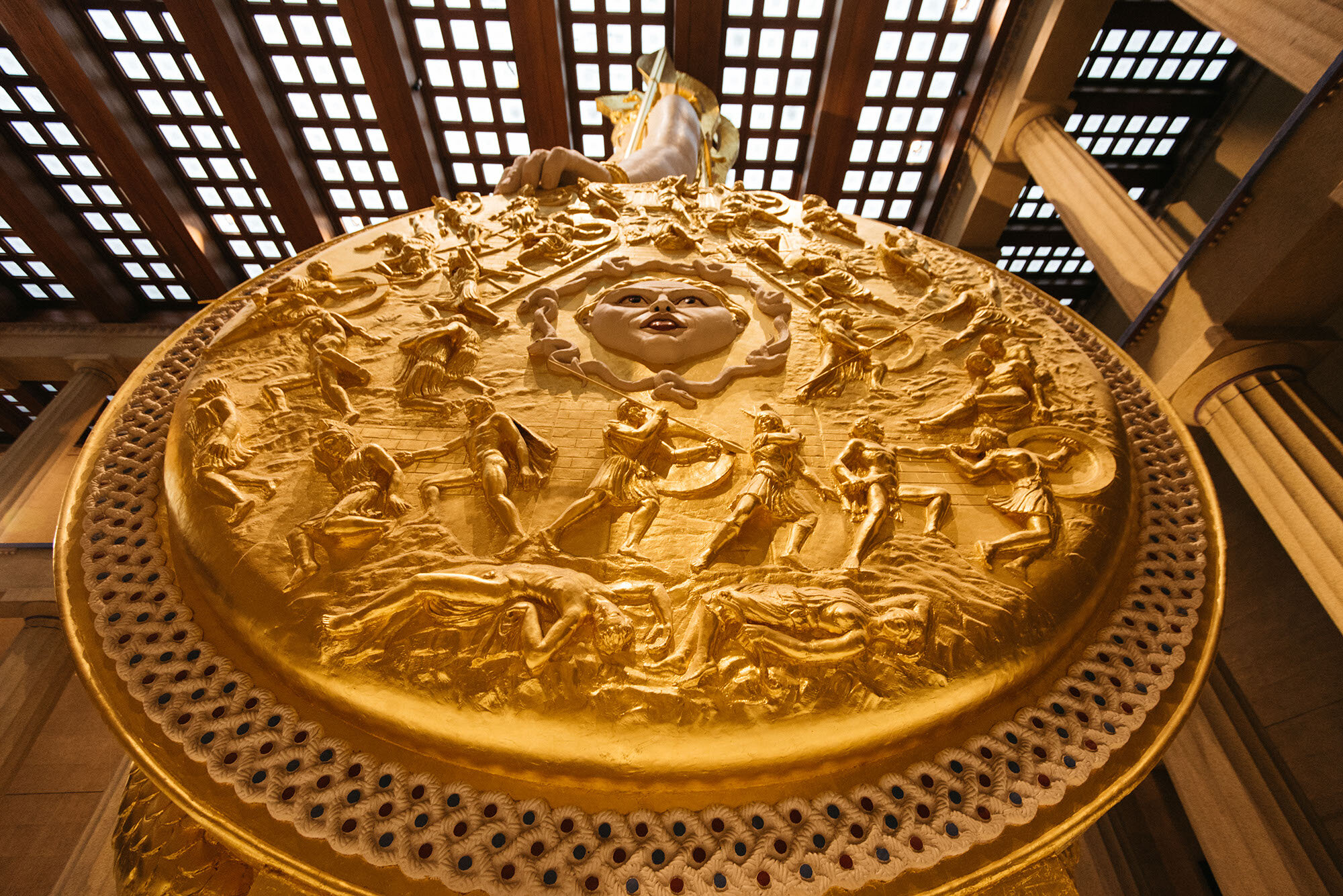
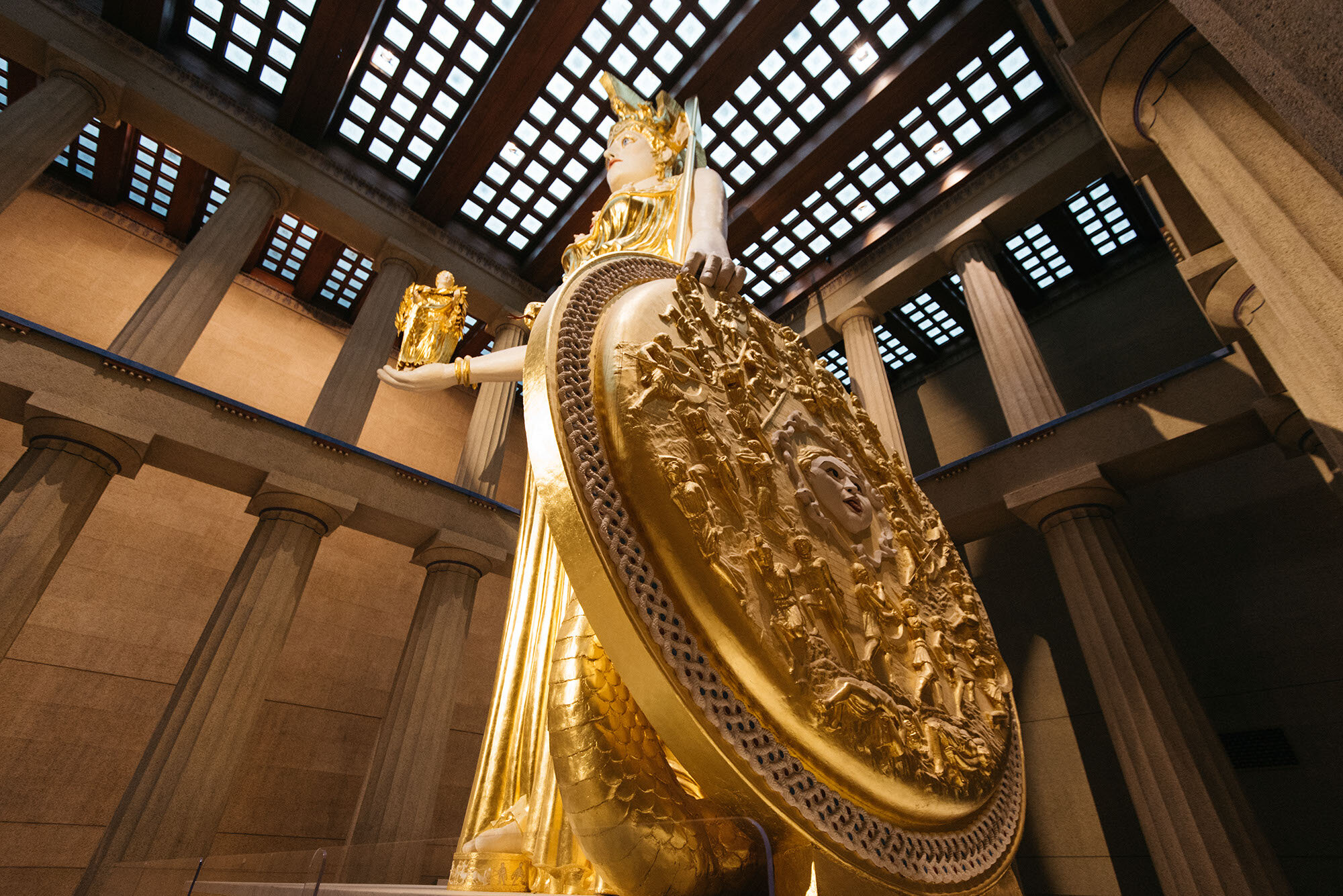
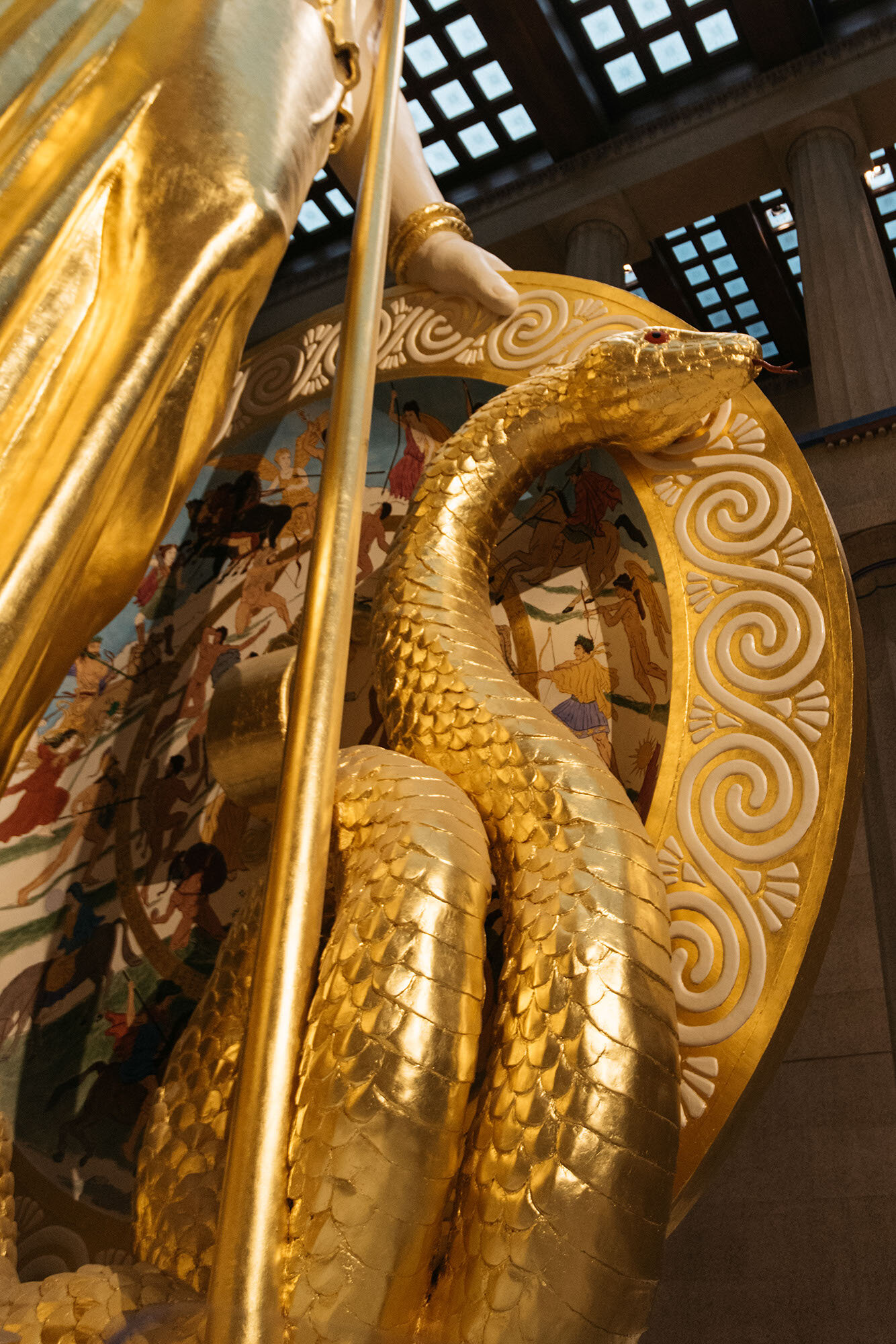
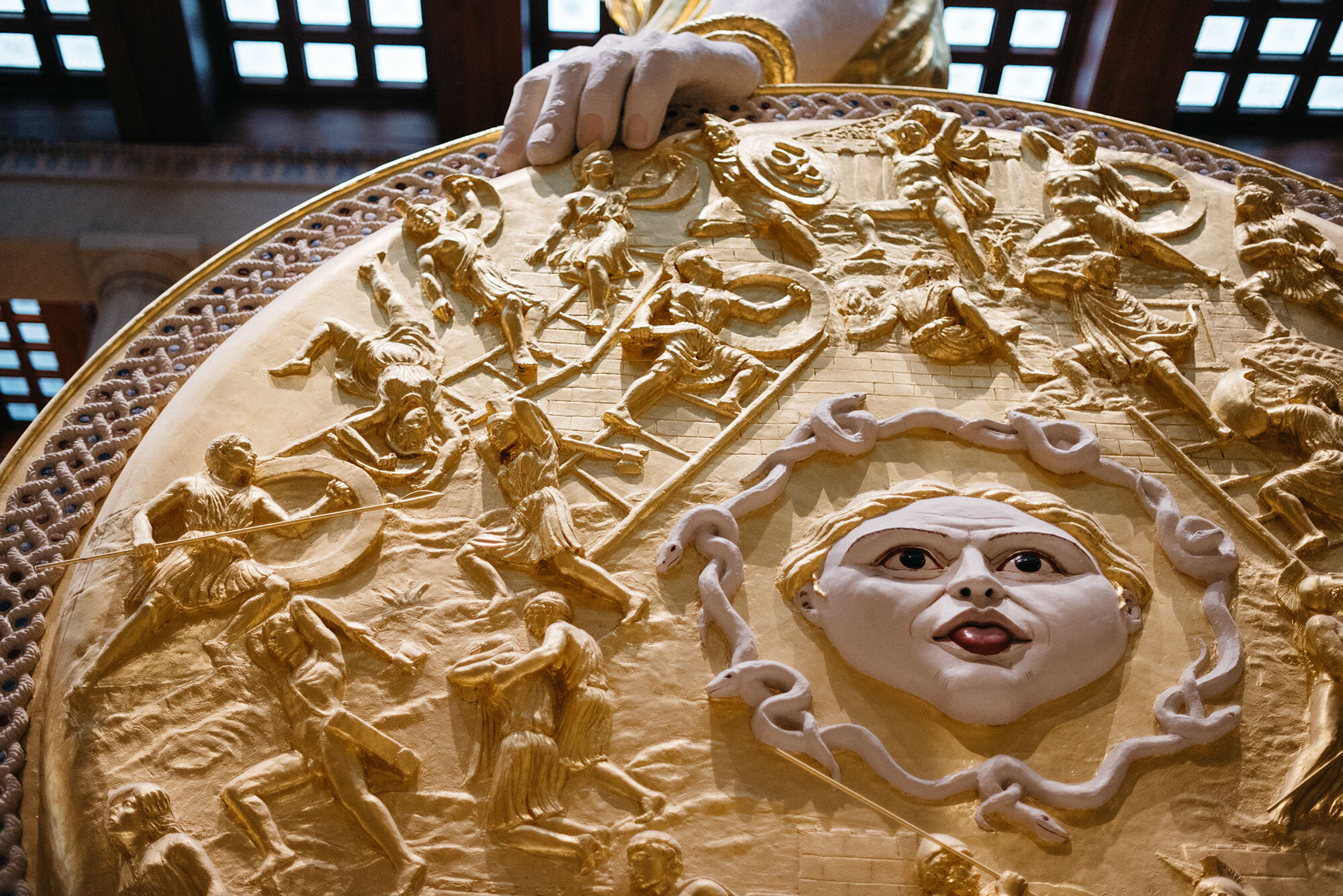
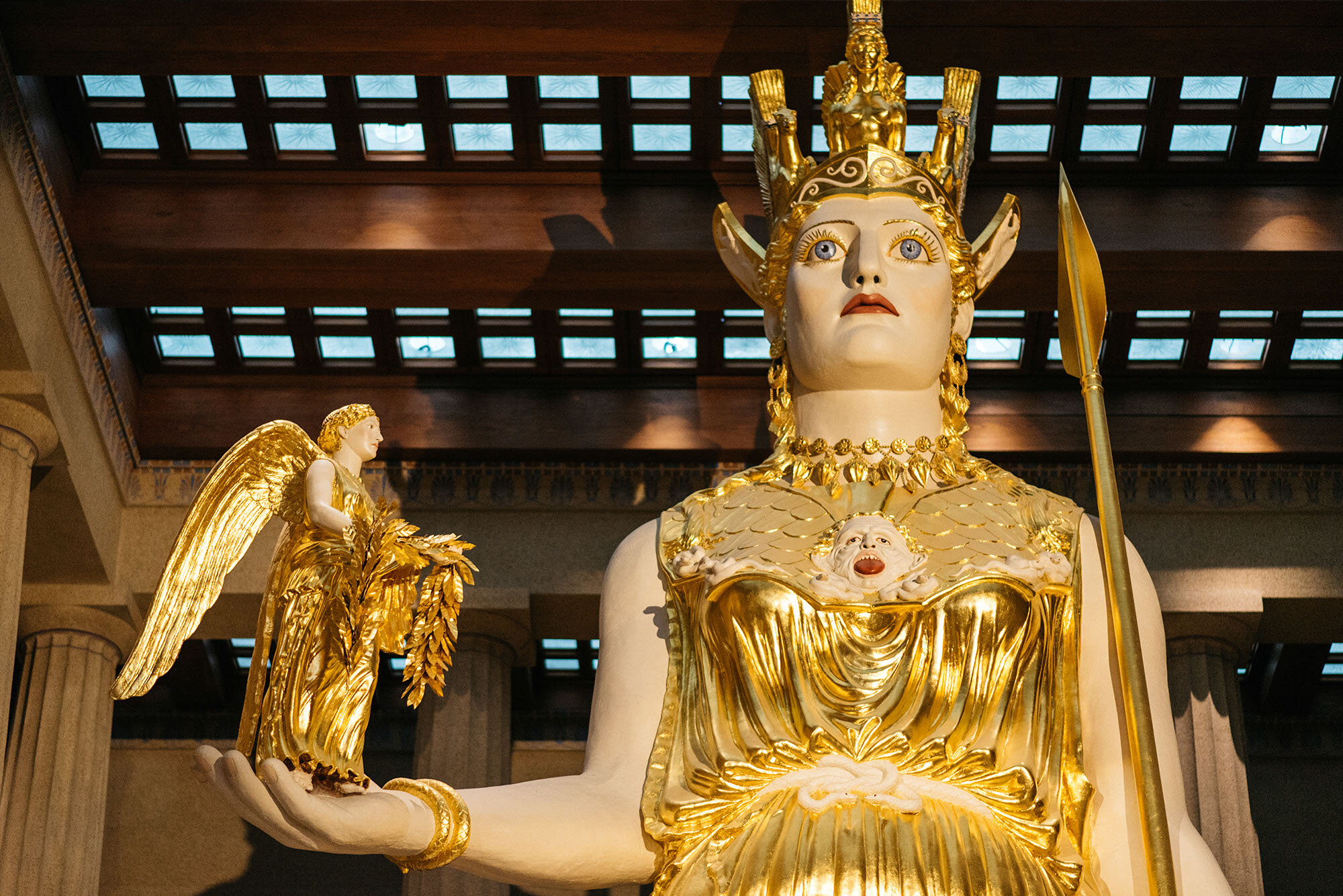
Parthenon Marbles Casts
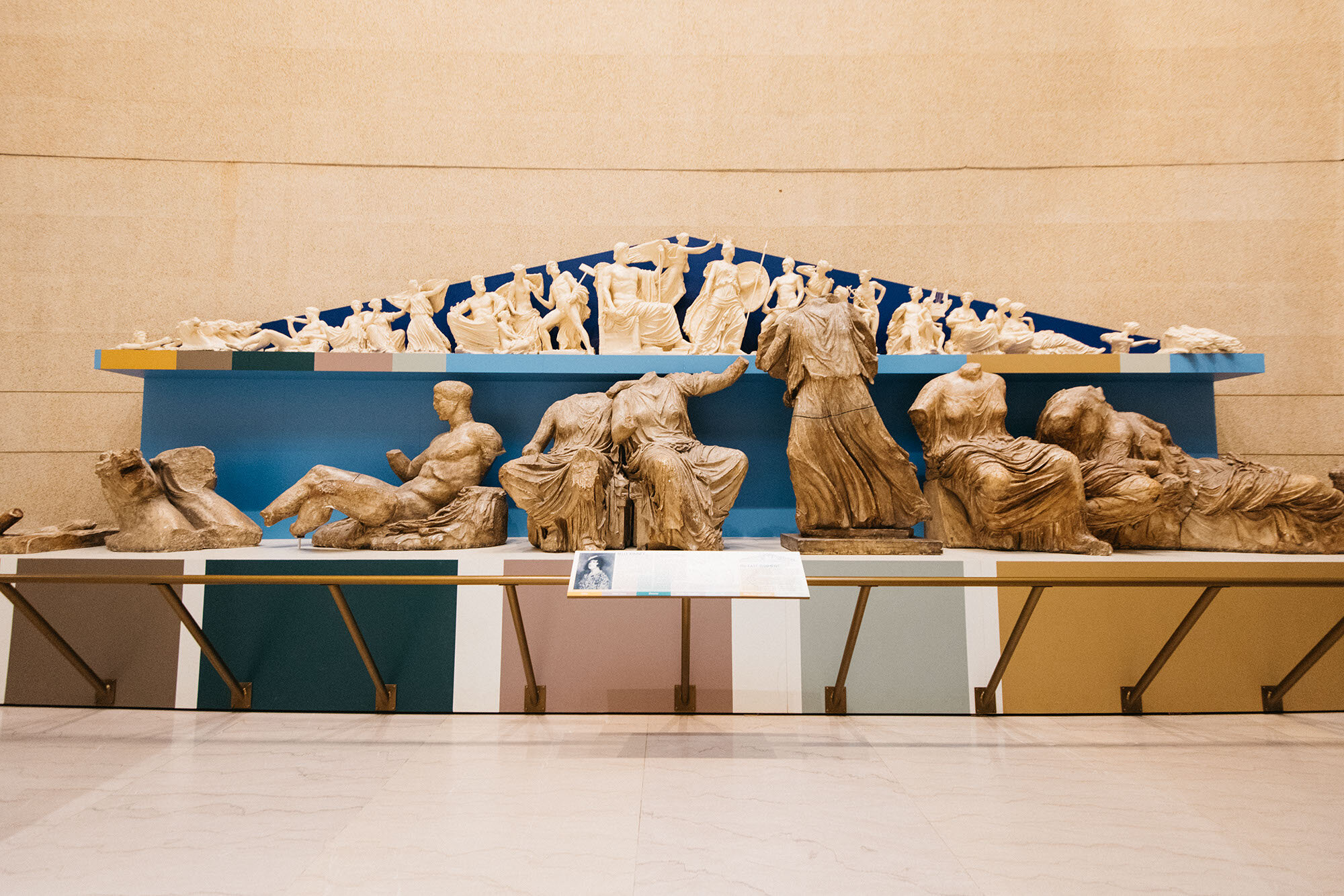
The Nashville Parthenon's permanent collection includes 14 casts of the original Parthenon Marbles that were purchased in the 1920s from the Victoria and Albert Museum in London. The casts were molded from the remaining fragments of the Parthenon Marbles housed in London and represent some of the most celebrated sculptures in the history of classical art. They have been on display in Nashville since 1931 and significant conservation work is needed to ensure that they can live on for generations to come. Thanks to a generous grant from the Hays Foundation, the casts underwent a restoration in 2023 that preserves their legacy as an artistic and educational resource for the public.
The East Pediment
The East pediment— above the ancient entrance to the temple— depicts the dramatic story of the birth of Athena who sprang as a fully grown warrior from the head of her father, Zeus. The pediment shows Nike, the goddess of Victory, flying to place the victor’s wreath on Athena’s helmet, thus commemorating Greece’s recent real-time defeat of the Persians and making the Parthenon a votive, or offering of thanks, to their patron goddess.
All the central figures between Iris on the left and Hestia on the right were removed during the conversion of the Parthenon to a Christian church after the 6th century CE. It is almost impossible to know exactly how many figures representing which gods and goddesses were in the original grouping, and scholars often propose new arrangements and identifications. This version is one of several acceptable interpretations of the 1920s.
The two outermost figures are Helios and Selene, the deities of the sun and the moon. They are shown with the horses that pulled their chariots across the sky, suggesting that the birth of Athena occurred at dawn: a time when both the sun and the moon are visible.
The West Pediment
The West pediment— the side most visible when ascending the Athenian Acropolis— depicts the contest between Athena and her uncle Poseidon to determine who would become the patron Greek god of Athens. Each deity offered the city a gift. Poseidon struck the rock with his trident and a saltwater spring arose, representing a powerful navy and prosperous sea trade. Athena struck the rock with her spear and an olive tree sprang up, representing olives, wood, and oil. The citizens felt that Athena’s gift was more valuable and voted to make her their patron goddess and protector of Athens.

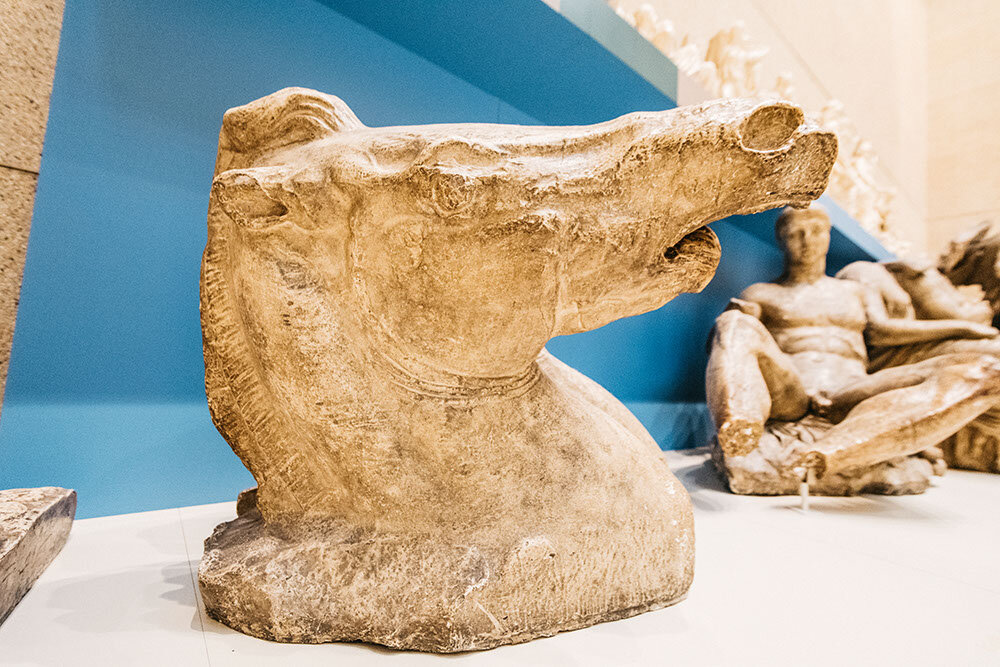
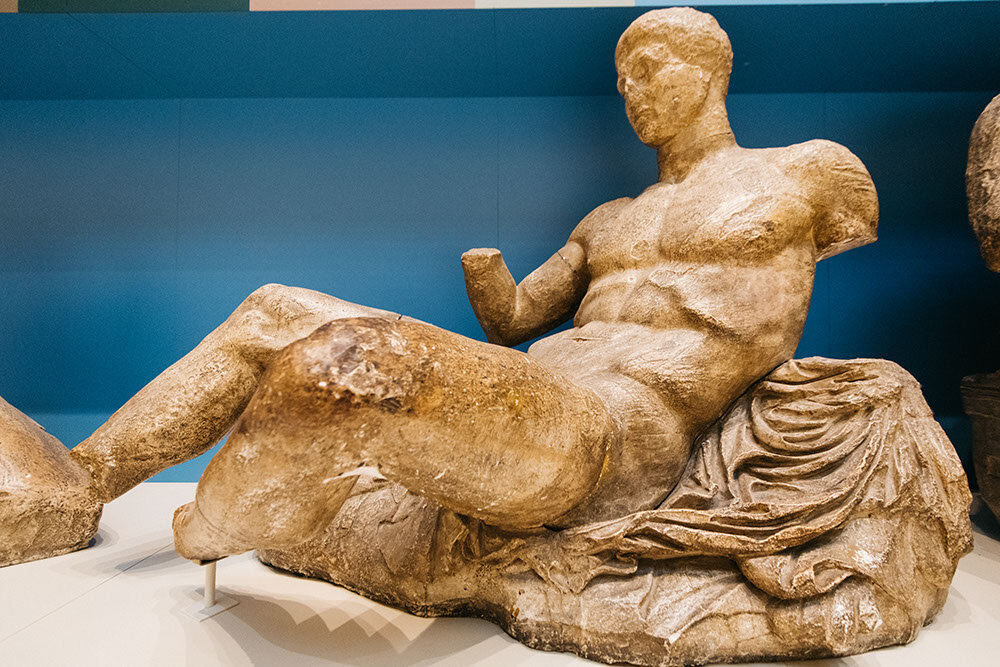
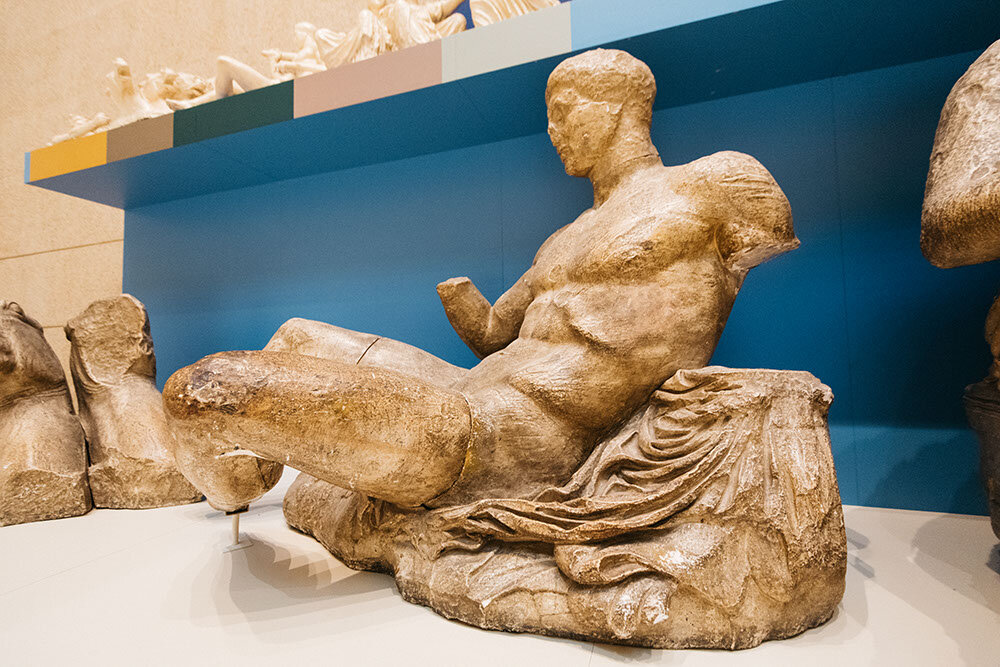

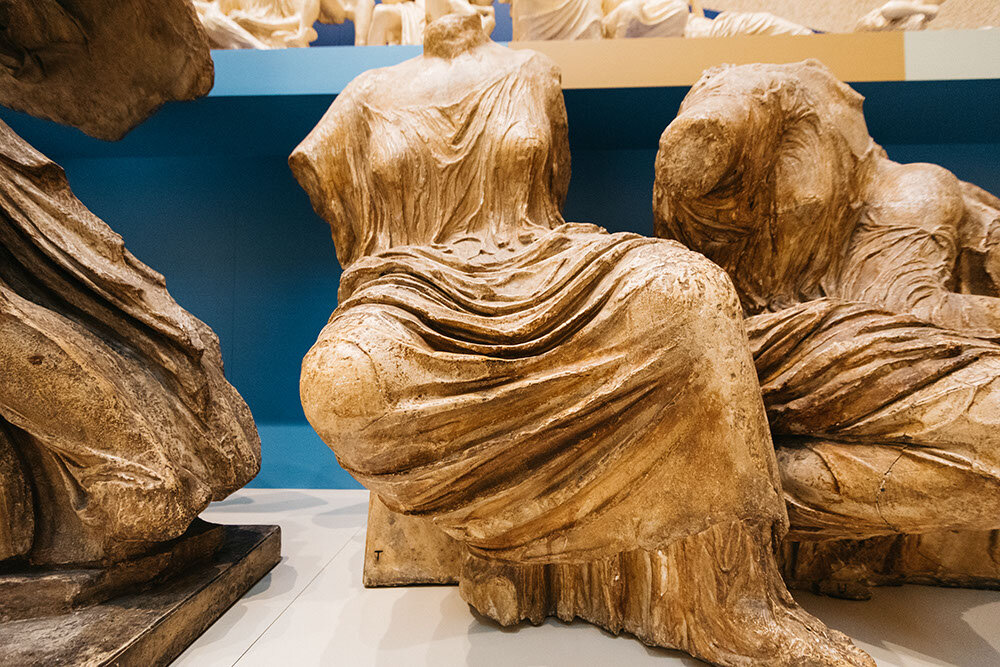
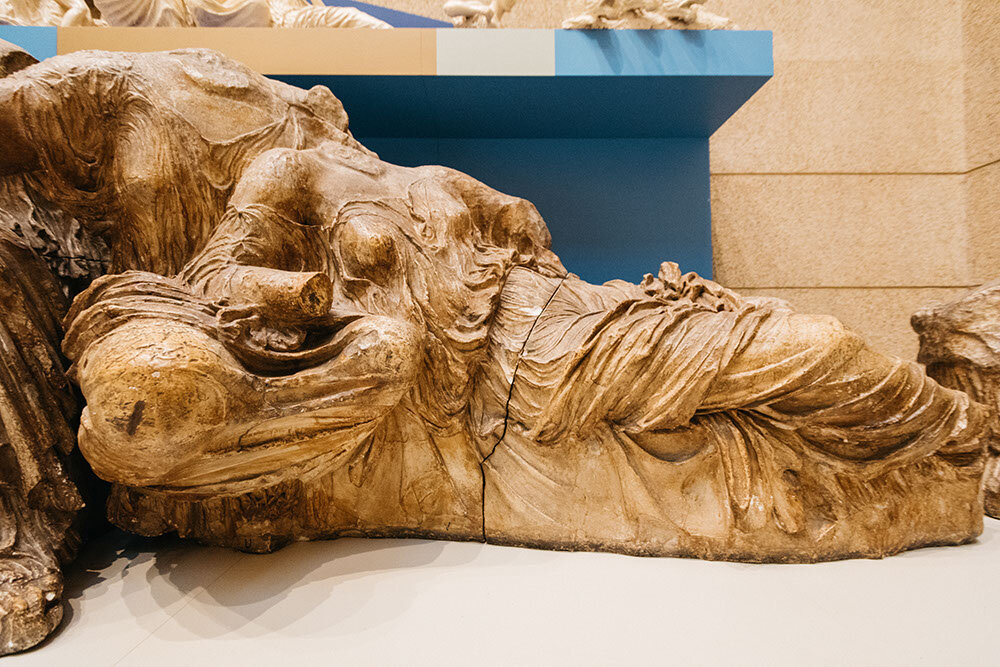
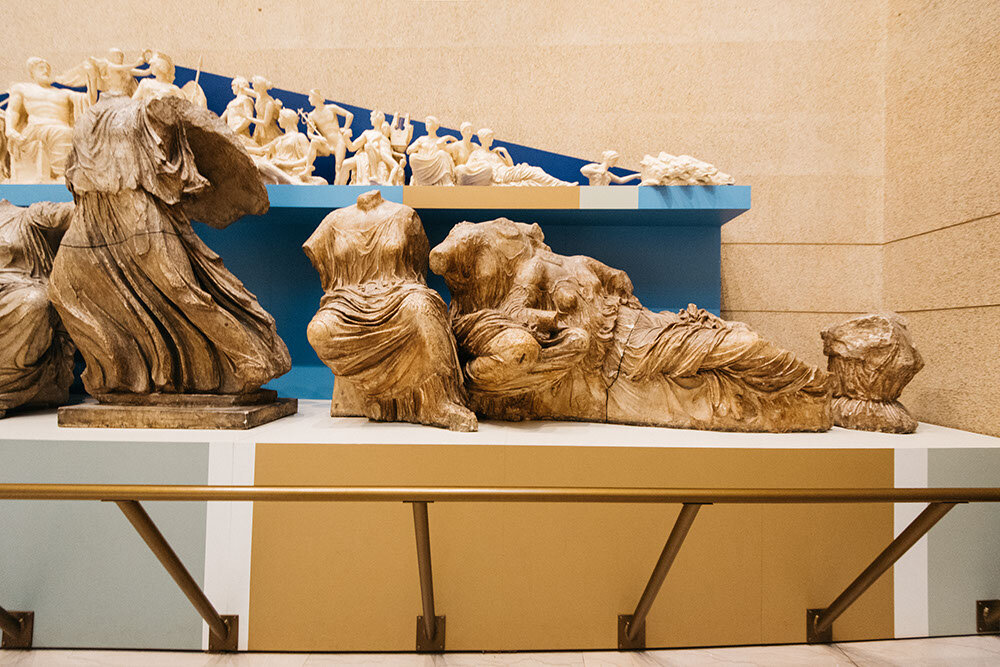
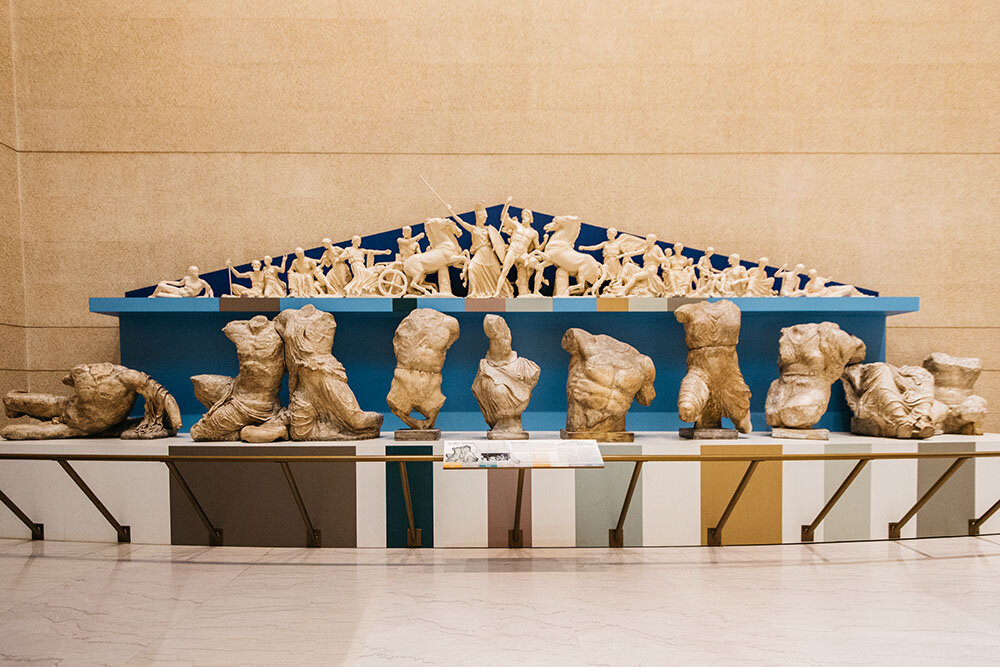

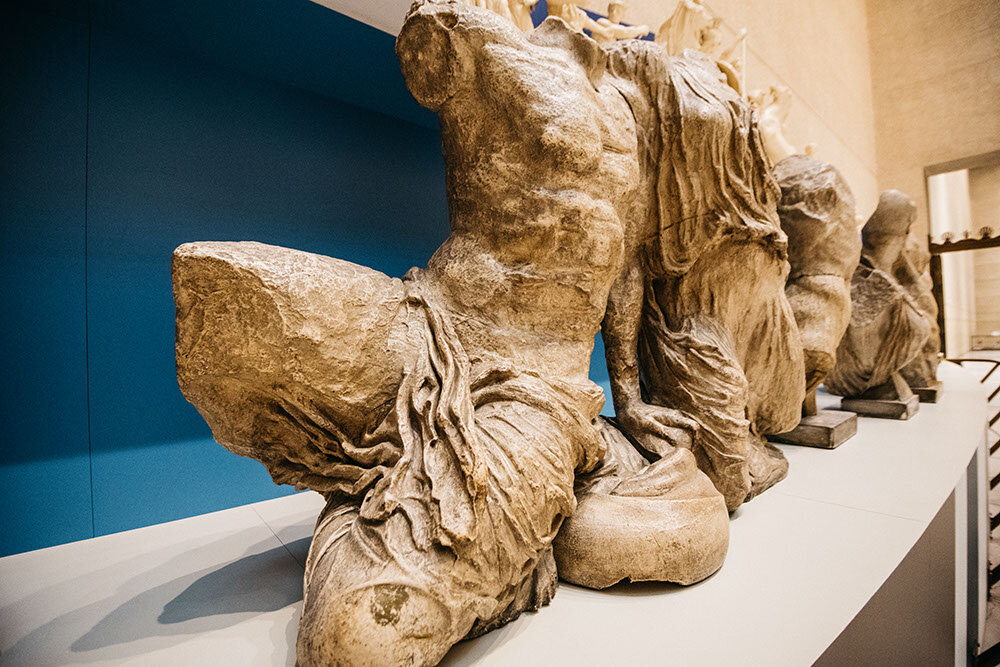
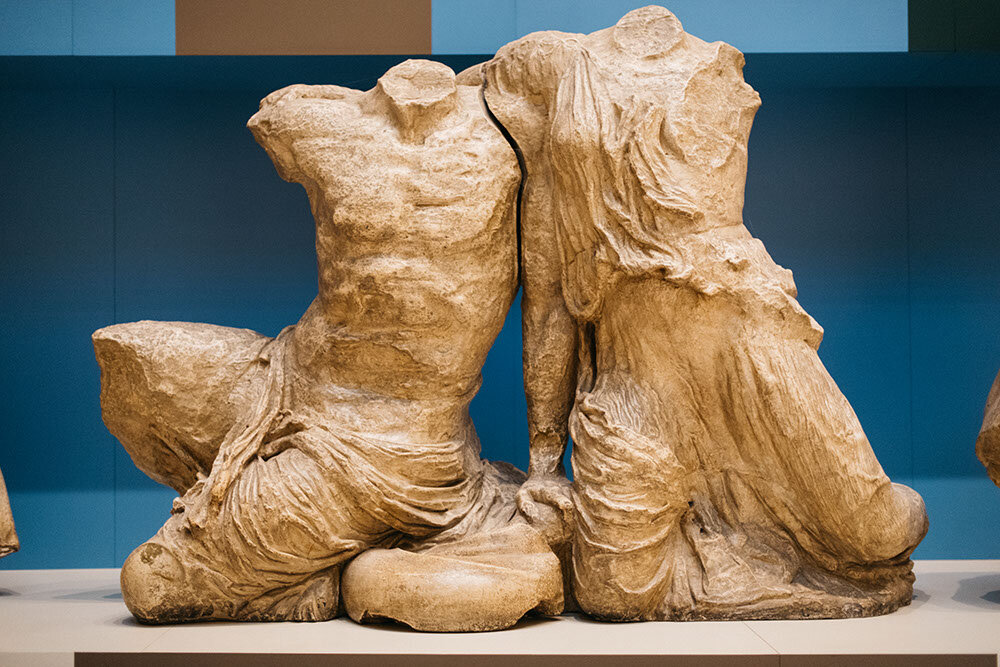
James M. Cowan Collection of American Art
Being a lover of Art, having spent many years in collecting paintings, having found great pleasure and satisfaction in possessing and living with them, it has occurred to me that through these paintings and the gift of them to the city of Nashville, I might be able, in my humble way to express to the citizens of that State, to some extent at least, the love and reverence I entertain for Tennessee. And it will be my hope that what has given me pleasure in collecting and studying for a great portion of my life, may prove to be of permanent benefit and afford real pleasure to the friends and citizens and coming generations of the State I love above all others.
— James M. Cowan

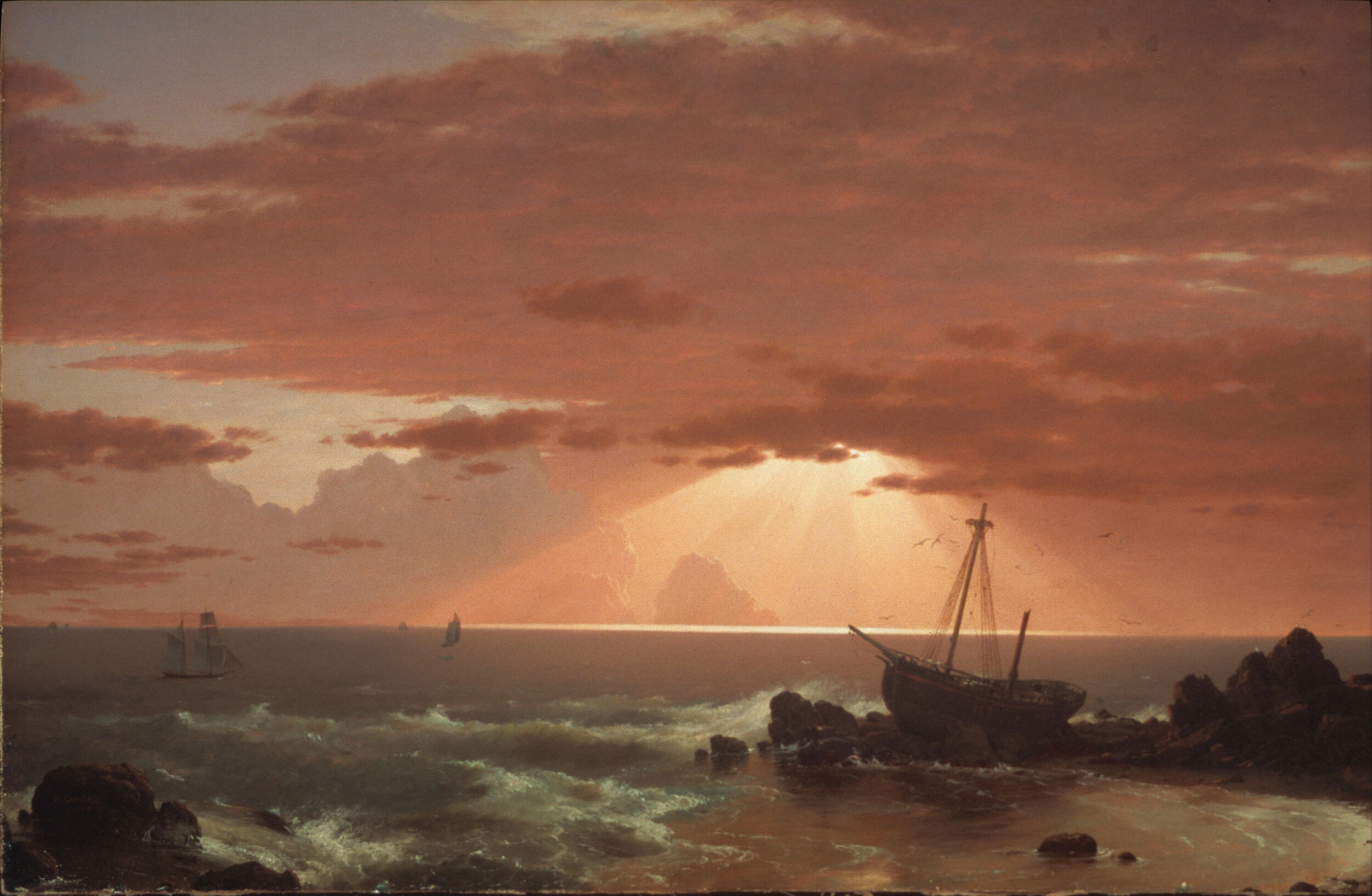
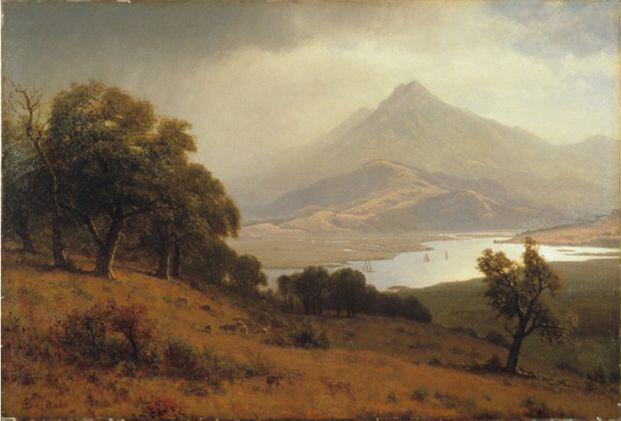
Model Crane
This model crane was created by Nashville artist Richard S. Waters M.F.A.
This model is 1/10th the size of the wooden crane used to build the ancient Parthenon. Archaeological evidence indicates the existence and use of temporary superstructures, such as cranes, to control the vertical lifting of stones in Greece dates back to at least the 5th century BCE.
Extracting the Marble
Construction of the Parthenon (447-438 BCE) involved extracting large pieces of marble— some weighing 11-15 tons— from nearby Mt. Pentelikon. Selection of pieces was based on a variety of criteria including the location and distance between fissures, which limit the size of extractable marble and recognition of the mason’s secret - the ability to detect the ease of difficulty of splitting the stone in a given direction.
Transport System
A sledge roller system was used to remove the selected pieces from the quarry where they were then loaded onto ox-drawn carts for the 10 mile trip from the Mt. Pentelikon quarry to the Acropolis. There, mule teams transported the marble along an incline to the construction site nearly 500 feet above the city.
The Cranes
The construction devices used by architects Iktinos and Kallikrates included four massive cranes, one on each side of the building. Each crane was 90 feet high and was placed on rollers along a track for ease of movement along that side of the structure. Two important considerations for the use of these huge devices - ground stability and base stability - were solved with the implementation of stone tracks to prevent the crane from sinking, and the use of counterweights at the base so that the magnitude and movement of the load would not cause the crane to topple. The use of ropes, pulleys and a ratchet system permitted large wheels on each side of the crane to hoist the huge pieces of marble into place. The inclusion of ladders and platforms within the structure of the crane allowed builders opportunities to monitor construction from above.
The Science
The construction techniques are indicative of simple machines (inclines, ropes and pulleys) as well as the Principle of Conservation of Energy (energy is proportional to force multiplied by distance).
Lifting an object of mass (m) to a height (h) above its initial position transfers gravitational potential energy [Ep] to the object.
Ep=mgh (mg is the weight on the object, a force).
This model is made of the same wood (oak, beech, ash) used in the crane from antiquity.
The wood varieties selected originated from Tennessee, as does the limestone column drum.
Sources:
The Stones of the Parthenon, Manolis Korres.
Los Angeles; Getty Trust Publication, 2000.
1897 Tennessee Centennial Exposition Collection
As official Centennial historian, Herman Justi argued that the main purpose of Tennessee’s Centennial Exposition was patriotism, but he also acknowledged other motives, such as the desire to display Tennessee’s resources, to attract “desirable” new residents, and to increase the state’s wealth through an influx of foreign capital. There was certainly a desire for Tennessee, as a southern state, to show how much it had progressed in the 30 years since the end of the Civil War.
In addition, the Exposition was a way to attract national attention to Nashville as a viable commercial center, for any city that could mount such a major undertaking as an exposition proved its mettle to the nation’s business community. Increased commerce in Nashville would not only provide an economic boost, the thinking went; it would also promote peace by helping heal the wounds of sectional division. Crass commercialism was not the driving force behind the Centennial Exposition, however; its leaders emphasized history and culture over business, the ideal over the material, education and patriotism over monetary gains.
